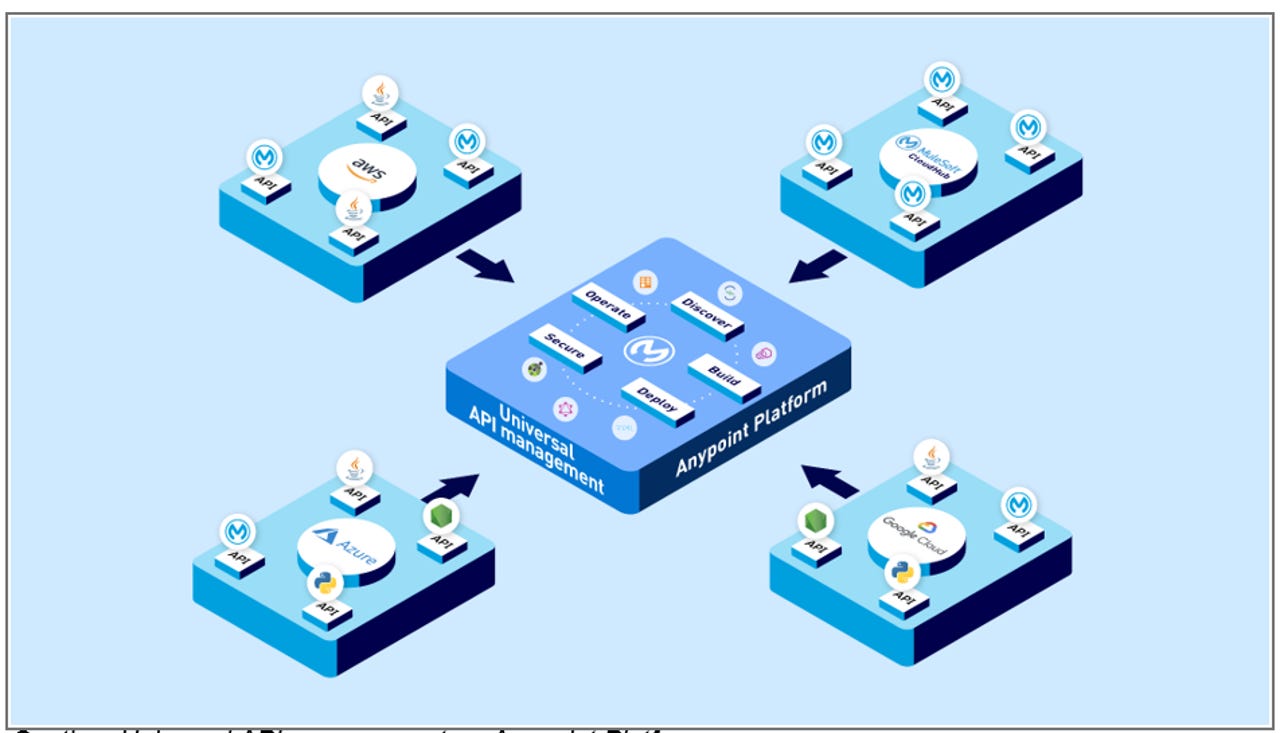
































Universal API management on Anypoint Platform
MuleSoftMuleSoft on Tuesday is rolling out a new set of universal API management capabilities designed to help organizations dealing with an ever-growing set of APIs to manage in larger, more complex and dispersed environments. The new tools allow developers to design, build, deploy, operate and discover all of their APIs in a single place -- no matter where they were built, what language they were built with, or where they were deployed.
Here's a list of the most popular programming languages and where to learn them
Read now"What we're seeing in enterprises is an incredible proliferation of applications, deployment models, hybrid ecosystems being stood up everywhere," Shaun Clowes, MuleSoft SVP Product Management, said toZDNet. "People are managing workloads across their own on-prem data centers and multiple clouds. What they have is complex environments; they have data held in silos, an inability to even know what exists, how to take advantage of it, or whether it is safe and reliable.
The new tools start with the Anypoint Flex Gateway, a high performance, lightweight gateway that's designed to be deployable anywhere, including Kubernetes environments, on-premise and in the cloud. Next, the API Manager lets developers and IT managers operate and monitor APIs across any environment from a single place.
Meanwhile, the new API Designer makes APIs discoverable and available in MuleSoft's API Experience Hub, regardless of their written language.
Lastly, API Governance lets IT teams define and apply central governance rules to any API at scale. It effectively shifts the burden of governance checklists and enforcement that usually comes just ahead of deployment, so developers know what's expected of them earlier in the process. It also gives organizations a bird's eye view of their entire API portfolio, giving them a better understanding of what's in compliance.
Ultimately, the universal API capabilities fit in with MuleSoft's aim to facilitate the composition of new digital experiences with the available building blocks, Clowes said.
"The end goal is joining API management, integration and automation in one unified platform," he said, "so that when you decide you need a new capability, a new customer experience, you can just join together the things you already have. It's less about building new things and more about composing the things that you have, knowing what you have and making it reusable and more pluggable."
 Tags chauds:
affaires
développeur
Tags chauds:
affaires
développeur